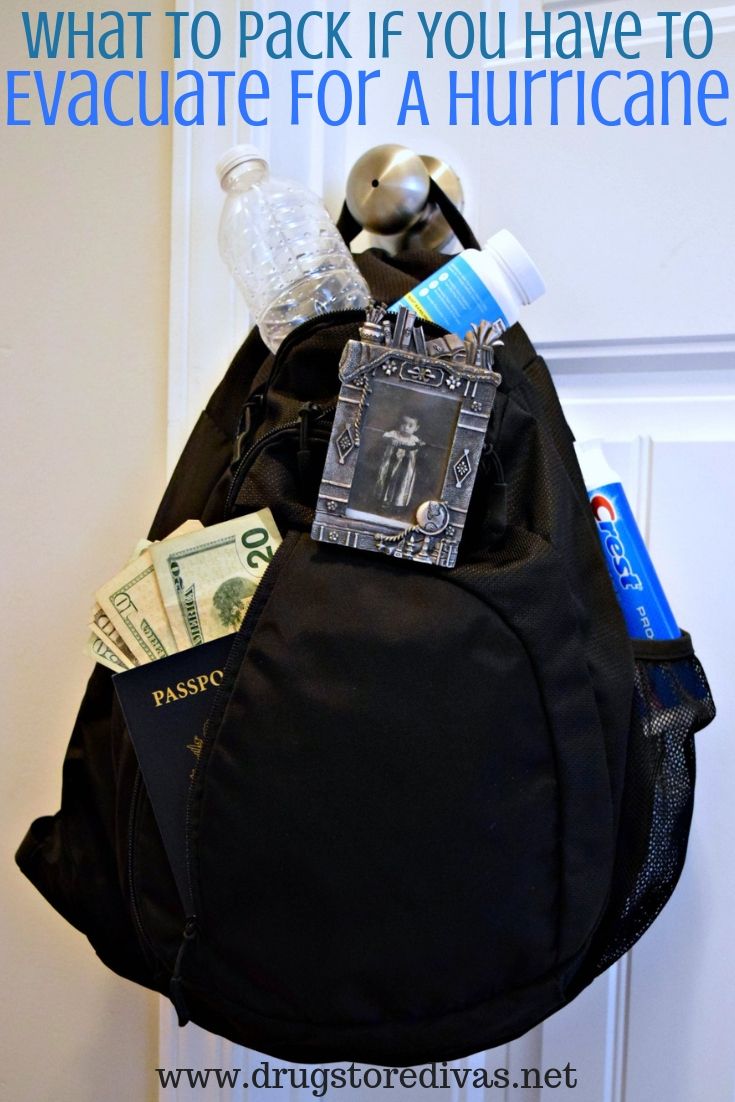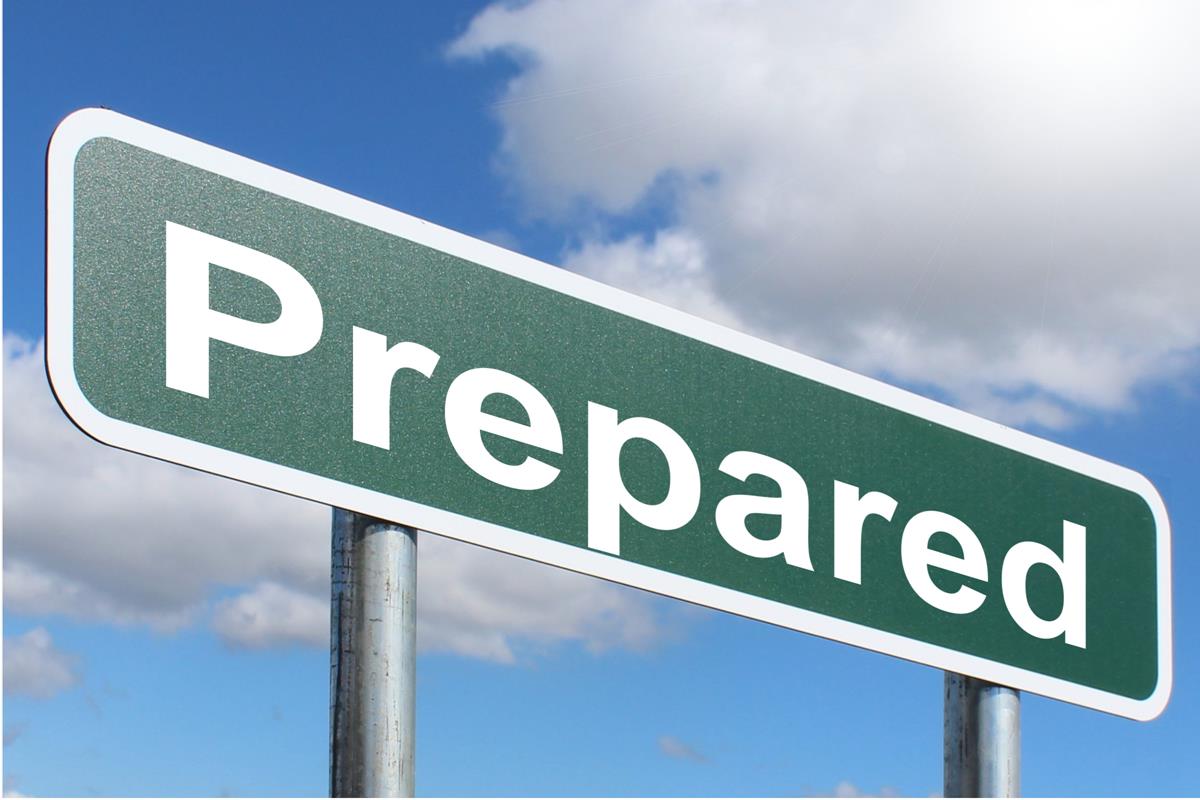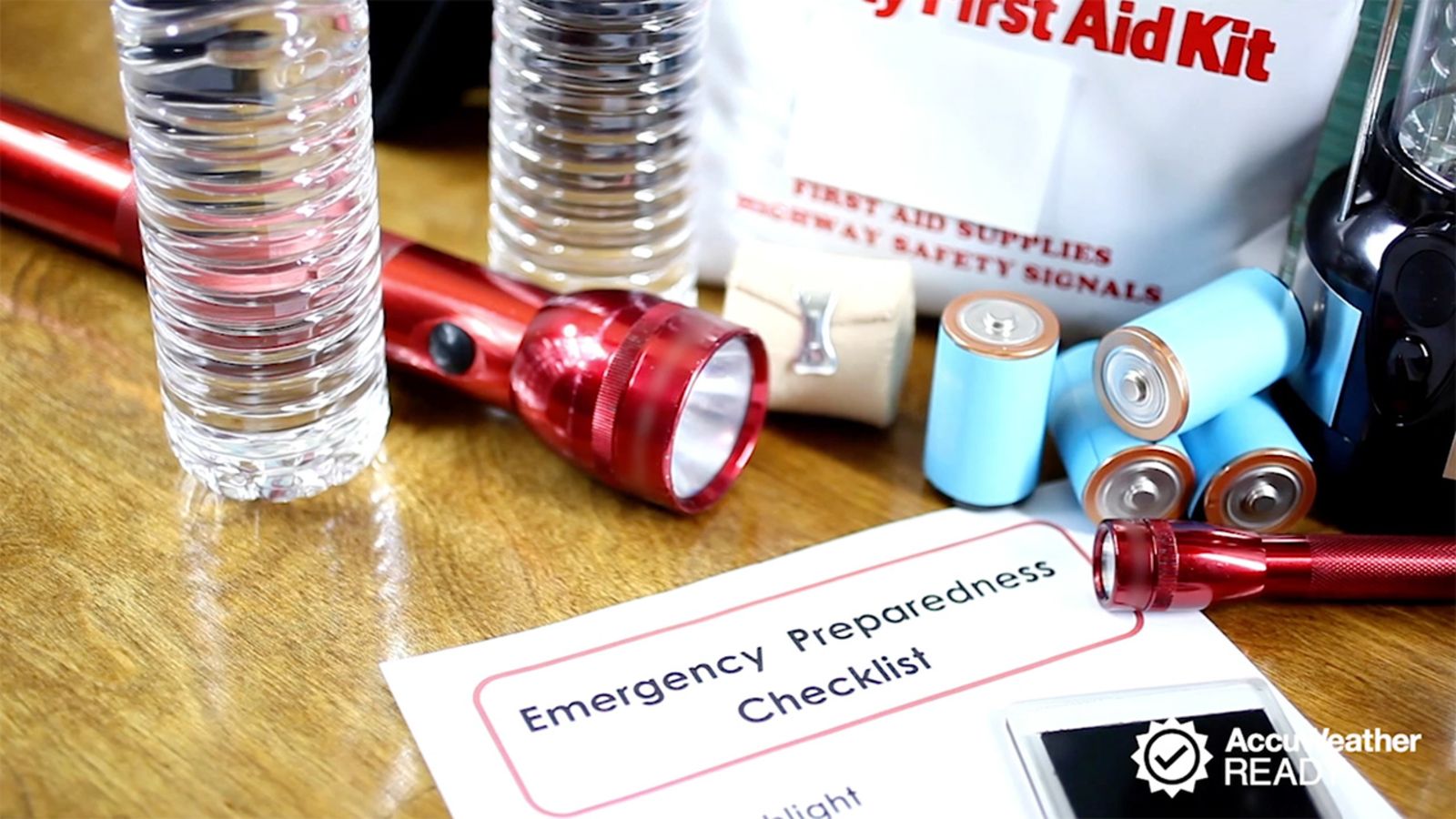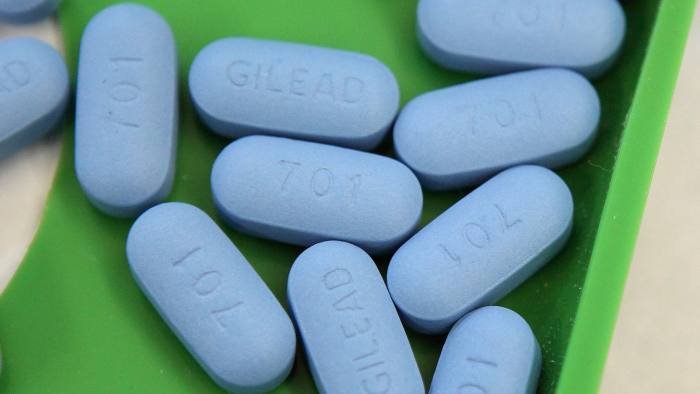Surviving a disaster requires planning, preparation, and quick decision-making. Here’s a detailed guide to help you stay safe and cope during and after a disaster:

Preparation:

- Assemble a Disaster Kit: Gather essential supplies like food, water, first aid kit, flashlights, batteries, and necessary medications.
- Create an Emergency Communication Plan: Designate meeting places, communication methods, and emergency contacts for family members.
- Identify Local Hazards: Learn about potential disaster threats in your area, such as earthquakes, floods, wildfires, or hurricanes.
- Practice Evacuation Drills: Regularly practice evacuations from your home, workplace, or school to ensure everyone knows what to do in an emergency.
Immediate Response:

- Stay Alert and Informed: Listen to local news and weather channels for updates and potential warnings. Use social media responsibly to stay informed but avoid spreading misinformation.
- Follow Instructions: If officials issue evacuation orders, comply promptly. If told to shelter in place, secure your house, bring supplies inside, and stay indoors.
- Stay Calm and Assess: If a disaster strikes suddenly, stay calm and try to assess the situation before taking action. Quickly check for injuries to yourself and others nearby.
Safety Measures:
- Stay Away from Damaged Buildings: Avoid structures that may have been compromised by the disaster.
- Avoid Downed Power Lines: Be cautious of fallen power lines as they pose a serious electrical hazard. Never touch or go near them.
- Be Aware of Potential Hazards: Be on the lookout for damaged roadways, broken glass, or unstable debris. Avoid using elevators during a disaster.
First Aid and Medical Care:
- Assess Injuries: Check for injuries to yourself and others. If someone is seriously injured, seek immediate medical attention.
- Utilize First Aid Kit: Use your disaster kit’s first aid supplies to treat minor injuries, including cuts, bruises, or burns.
- Sanitation is Key: Wash your hands frequently with soap and water, especially before handling food or touching wounds.
Communication and Connectivity:
- Use Mobile Devices Wisely: In emergencies, cellphone networks may be overloaded. Send text messages instead of making calls to conserve battery and network bandwidth.
- Charge Devices: Ensure your electronic devices have sufficient power by using backup batteries or chargers if available.
Food and Water:
- Conserve Resources: Ration food and water supplies to ensure they last. Prioritize hygiene and cooking over excessive consumption.
- Boil Water: If the water supply is contaminated, boil it for at least one minute before drinking or cooking.
- Sanitize Food: Clean and sanitize food thoroughly before consumption to prevent contamination.
Shelter:
- Seek Temporary Shelter: If your home is unsafe, find temporary shelter at a designated evacuation center, community shelter, or with a friend or family member in a safer location.
- Check Structure Integrity: If staying in your home, inspect for structural damage and make necessary repairs to ensure safety.
Post-Disaster Actions:
- Cooperate with Authorities: Follow instructions from emergency personnel and authorities regarding clean-up, recovery, and restoration efforts.
- Document Damages: Take photographs or videos of damages to your property for insurance and government assistance purposes.
- Seek Emotional Support: Disasters can have a significant impact on mental health. If you feel overwhelmed, seek emotional support from family, friends, or mental health professionals.
Remember, staying informed, prepared, and following safety guidelines can significantly improve your chances of surviving a disaster. Always prioritize your safety and the safety of others around you.










